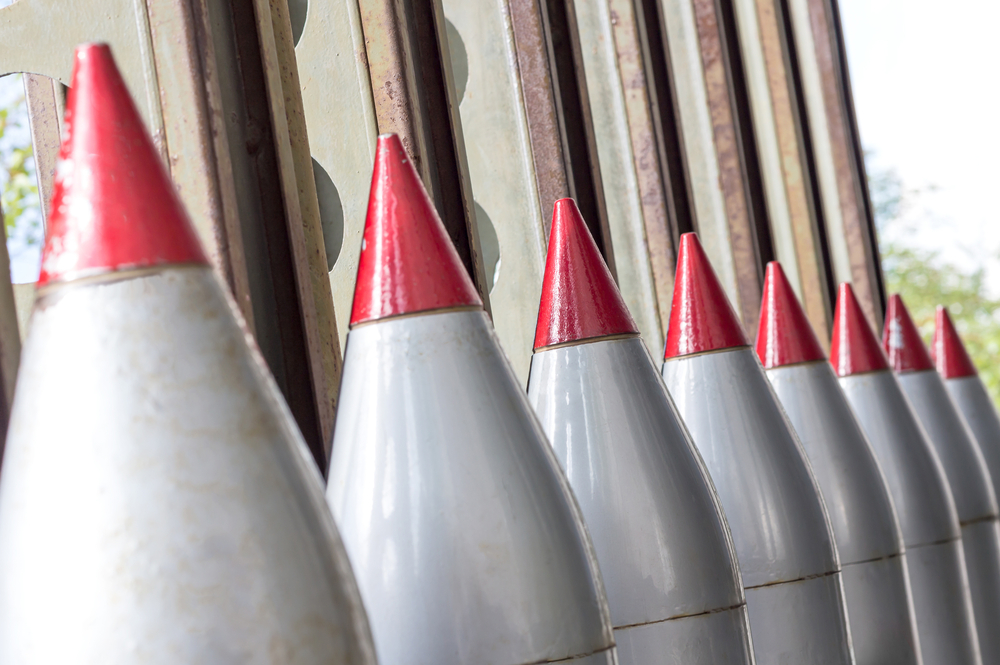
In the years since the United States ceased developing new nuclear weapons systems, Sandia National Laboratories have been conducting and developing a series of assessments for each nuclear weapons system to detect or anticipate potential functionality issues as the weapons themselves continue to age.
The laboratory is responsible for developing as much as 97 percent of the nation’s weapons systems non-nuclear components. To ensure the systems are working property, Sandia created advanced tests and computer models to ensure functionality of those systems under its stockpile stewardship role, a primary objective of which are life extension programs and refurbishing components that are nearing the end of their useable life cycles.
A primary way Sandia extends the functionality of a weapons system are through a series of non-nuclear tests such as studying environments a system might face like vibration, extreme heat or cold, or radiation exposure.
“There will be temperature cycling, there’ll be vibration, there’ll be shock, there will be radiation, there might be voltage changes, all kinds of things that the system is subjected to, done in accordance with a plan that combines testing with simulation to make sure we’re working through in a systematic way what’s required to qualify the weapon for operation,” Scott Holswade, deputy chief engineer at Sandia, said. “The goal is absolute certainty that the design as manufactured is good to perform.”
Sandia also examines non-nuclear systems through testing that includes system-level flight testing of gravity bombs, cruise missile flights, ballistic missile flights, and submarine-launch missile flights — all of which have the nuclear explosive components removed.
“A pediatrician does not look at the same things that a geriatrics expert would,” Holswade said. “ “I think that’s been the big evolution of the program, to start implementing changes that recognize this, and change the [stockpile evaluation] program to optimize for each system, depending on where it is in the lifecycle.”
Sandia National Laboratories is a multi-mission laboratory operated by Sandia Corporation, a subsidiary of Lockheed Martin for the U.S. Department of Energy’s National Nuclear Security Administration.




